Are you a beginner in the Rio Carnival or just want to learn more about it? This little guide should give you some basic knowledge about Brazil’s (and the world’s) biggest party. Luckily, we got to both see and be part of this amazing celebration. We went to the Carnival on 2 out of 4 days, once for me to be part of the parade and the other one to see the best schools’ parades’ competition.
During and after the Carnival we had so many questions about how it is all organized so we dug for a while and decided to write this article for those curious just as we were. Sorry in advance for the picture/video quality, we had to zoom in quite a bit 🙂
How the Carnival works
Rio Carnival takes 4 days and it has two sections: The Access Group (Friday and Saturday) and The Special Group (Sunday and Monday). The first group represents the lower-level samba schools, whereas the latter represents the best samba schools in Rio.
The two winners (one for each category) get to be part of the Special Group for next year’s Rio Carnival Sambadrome Parades. The last place-finishing Samba School of the Special Group parades will be demoted to the Access Group for the following year’s Carnival.
Everybody gets at the Sambadrome before 9 PM so that they can change into their costumes – sometimes it can take more than an hour to change into the costume if they are very complex. The first school initiates the procession at 9 PM. There are around 2500 people parading for each school, and each parade takes 85 minutes, not more, not less – otherwise they get fewer points. Each parade has a theme and schools prepare for the parade one year in advance. During the parade, people have to move continuously otherwise the school gets minus points. Each school has a song chosen for the desfile and there are about 200 people who sing it live, repeatedly throughout the duration of the parade.
Notable roles in each parade
1. The president – he is responsible for the overall execution of the parade and it is also in charge of the design and purchase of the costumes.
2. Porta-bandeira (flag-bearer) and Mestre-Sala (escort) are a notable couple found at least once in each parade. She is carrying the samba school flag at all times and they sway together until the end of the parade.
3. La Rainha is the queen of the drumming group. She dances samba very well and accompanies the percussion of the ‘bateria’ unit of Samba School. This person is usually a woman and is also chosen for their physical beauty.

4. La bateria is led by a queen of drummers who brings excitement to the public. By definition, it is the percussion group that plays samba for a samba school. As a result, when they pass the sector where you are, everybody gets a boost of energy.
5. The band consists of the best singers of the school who perform the song from the start and until the end of the parade.
6. Passistas are an important part of the parade because they represent the majority of the participants. The Passista, according to the World Samba Organization comes from the root word passear or to walk and literally means one who walks.
7. Baianas is the group of elderly ladies who join mid-to-end parade and dress to honor the Bahian slaves of the past. Therefore, they are considered one of the most important and respected sections.
8. Musas are the dancers that lead different groups of passistas, the percussion band, or the decorations. Without a doubt, they look amazing, I mean look at those bodies 🙂
How are the Samba Schools judged?
Next in our guide to the Rio Carnival is the scoring system. Across the Sambadrome, 40 judges pay attention to every detail in order to give points in one of the 10 categories. Points range from 5 to 10 and the categories are:
What was it like to be part of the Carnival
Thanks to our new friend Franz, I was able to join one of the schools competing at the Carnival on the first day within the Access Groups.
My part in the Carnival
Being a beginner in the Rio Carnival World, Franz guided me. The first thing I had to do was to buy the fantasia (costume), which was R$400 (~ 91 USD / 84 EUR) – only because I got so late in the game – it would have been cheaper otherwise.
Secondly, I had to learn the lyrics of the song Eu que te benzo, Deus que te cura (I bless you, God heals you) – which was more difficult than I thought because of the pronunciation. Even so, I did manage to learn the chorus and about half of the song.

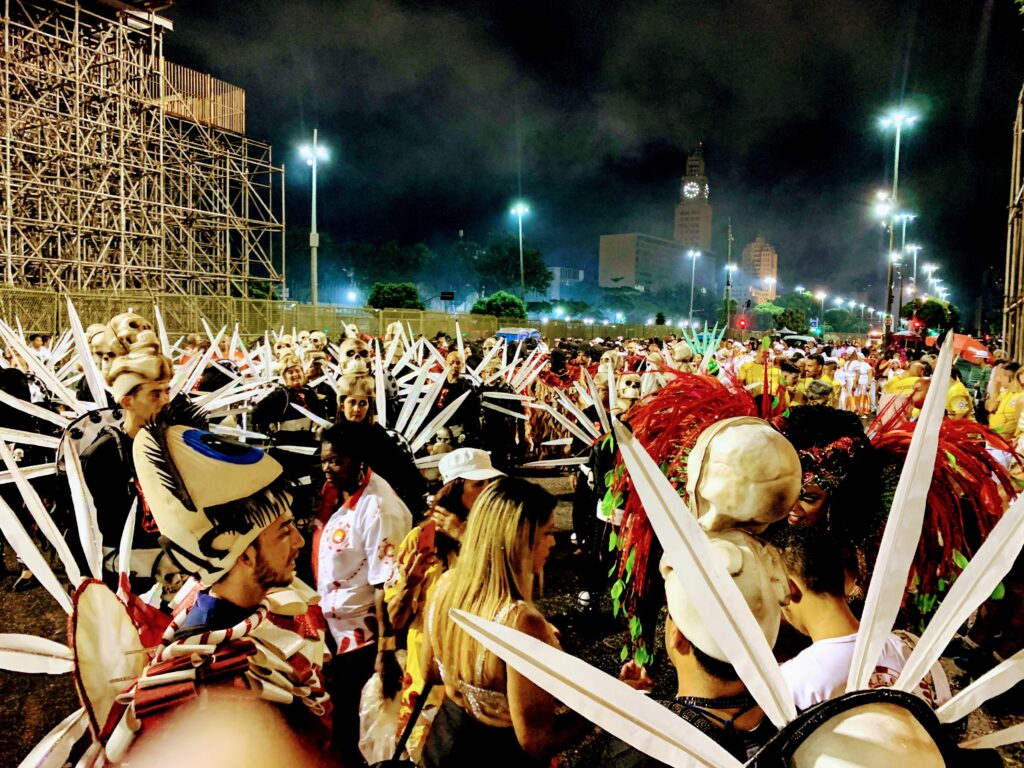
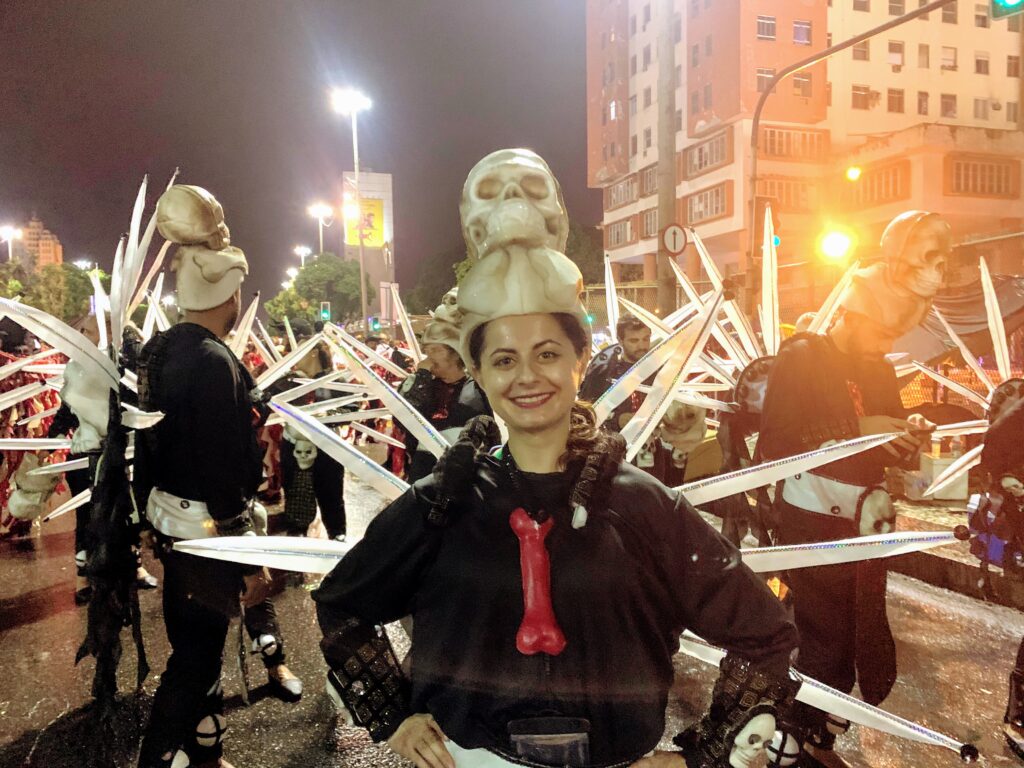
I paraded with Franz and another 2500 people for the school Renascer de Jacarepaguá, founded in 1992. We were the sixth school in line for the parade and were scheduled to start at 3.30 AM. Even so, we got there at 11 PM and walked around on the street destined for passistas (participants of the Carnival) to get ready.
The views were fantastic, so many costumes, so many decorations, so many colors!
Everybody was grinning from head to toes because they were part of this. People were friendly and most spoke English (which was new to me given the previous experiences in Rio). Our beginner’s guide to the Rio Carnival will not teach you how to be social :)) Be friendly and enjoy this amazing time of your life!
I got assigned in the first row of my group and we had two musas leading of us. In addition, both of them were stunning! However, I was more impressed with the musa behind our group as she had the best body I’ve ever seen – unbelievable.
You can find the full video below:
How Chris saw the Carnival from the public
Also thanks to Franz, I got a spectator ticket in sector 12 for free. Those who parade have special prices or even free tickets for friends and family in Sectors 11 and 12. Reading a beginner’s guide to the Rio Carnival is a good idea before getting there. I didn’t read any, therefore I was extremely confused :)) It took me a while to understand that this sector number on your ticket also represents the access gate you are allowed to use. Mine being 12, it was the last one, so I had to walk to the other side of the Sambadrome in order to get in.

What is a sector?
A larger grandstand with wide steps that you can sit on. There are no chairs or seats, just these concrete steps. If you don’t have a pillow with you, it may hurt your bum a few hours after sitting down. Ideally, you would get up and dance as there is plenty of room in these areas. We have some tips for you at the end of our beginner’s guide to Rio Carnival.
Sectors 11 and 12 are behind a VIP area, so they are a bit further from the parade alley. Because spectators here don’t have a viewing angle to see the whole parade, two large side screens display Sambadrome live footage. When a group starts, it takes about 30-45 minutes to reach the visual area of these sectors.



The people here are simple, come in groups of 3 – 6, mostly locals, with families or friends, and there are very few tourists. In front of me, there were three girls, dancing and seeking attention. One had with a mini skirt and got a tiny scratch on her thigh, suffering intensely! All the pain disappeared as soon as a muscly guardian offered to help.
Some girls dressed for their school parade in the sector, so I kindly asked for a selfie. Totally worth it!
At 3:30 in the morning the school where Julie was, also started. I was so excited to see her and a bit anxious as I hadn’t spoken to her for about 5 hours. About 80% of the school went by before she finally showed. I admit I’m proud.
My wife paraded at the Carnival, dressed in black with skulls on her head and a red bone around her neck 🙂 Next time I will participate too.
Carnival Finals – Grupo Special
On the last day of the Carnival, we saw the second round of the Grupo Especial Parades – meaning the top samba schools in the world competed in a fantastic show consisting of great costumes, decoration, and music that encompassed the greatest themes of Brazil’s history and current setting.
We stayed in Sector 6, which is quite central to the Sambadrome alley and you can see the parades from the very beginning. The atmosphere is crazy and exciting, people chant the songs and have different items (T-shirts, flags) to support their favorite schools.
We stayed throughout the entire session of parades, which started at 22:00 and ended at 5:00 in the morning. It was an incredible night and we definitely recommend.
Tips
Every guide needs some good tips, so here are our recommendations:
Prices
While this is not a complete list of prices, they are meant to give you a general idea of how much money you need.
- Tickets were R$ 520 (~112 USD / 100 EUR) per person
- One Caipirinha was R$ 20 (~4.3 USD / 4 EUR)
- One beer was R$ 8 (~1.7 USD / 1.5 EUR)
- One coca cola was R$ 7 (~1.5 USD / 1.3 EUR)
- One cheeseburger was R$ 18 (~3.9 USD / 3.5 EUR)
Did you find our beginner’s guide to the Rio Carnival useful? What else would you like us to include in our posts?
* Affiliate Disclaimer: Some of the links in our articles are affiliate links. This means that if you click on the link and make a purchase, we may earn a commission at no additional cost to you. We only recommend products and services that we believe in and that we think will be useful for our readers.

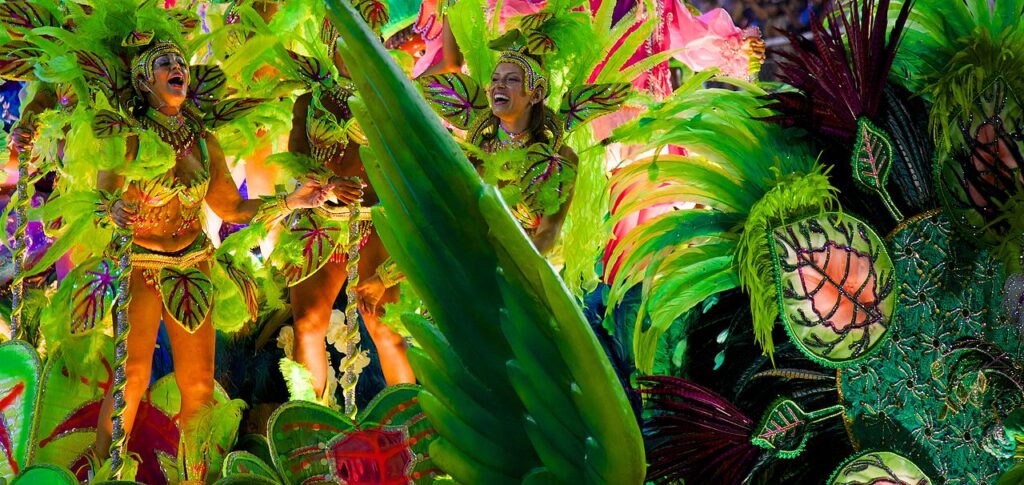

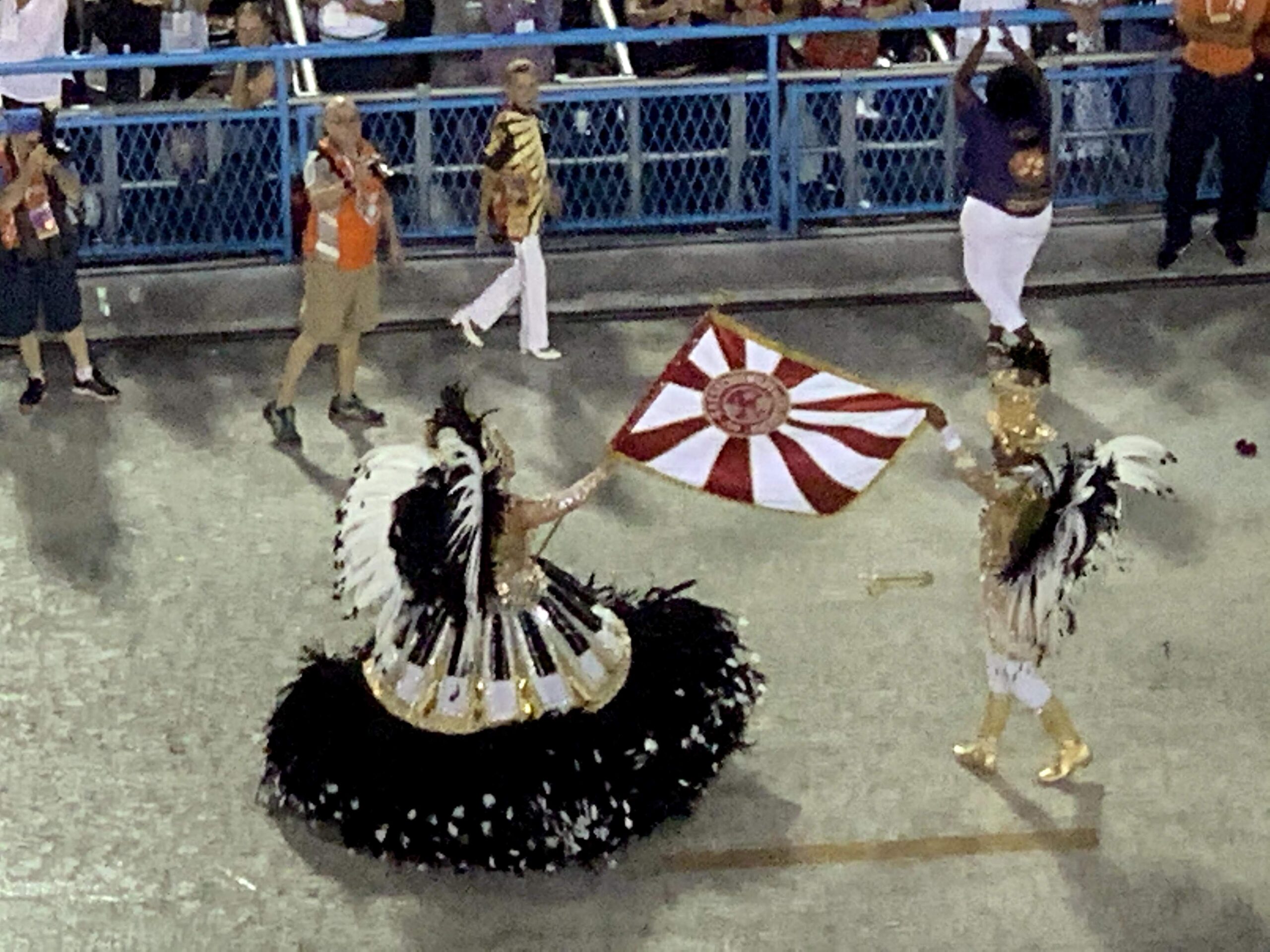

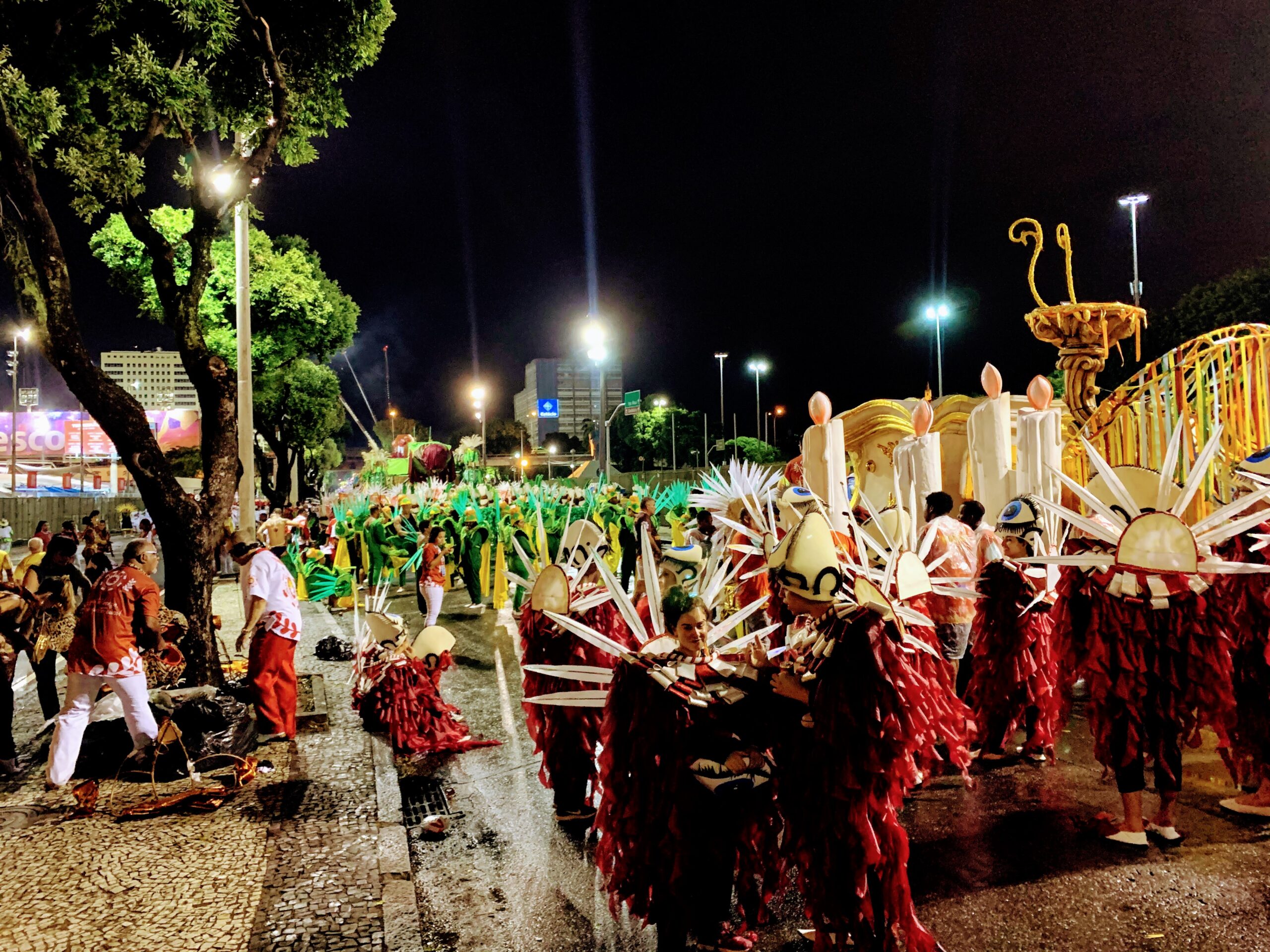
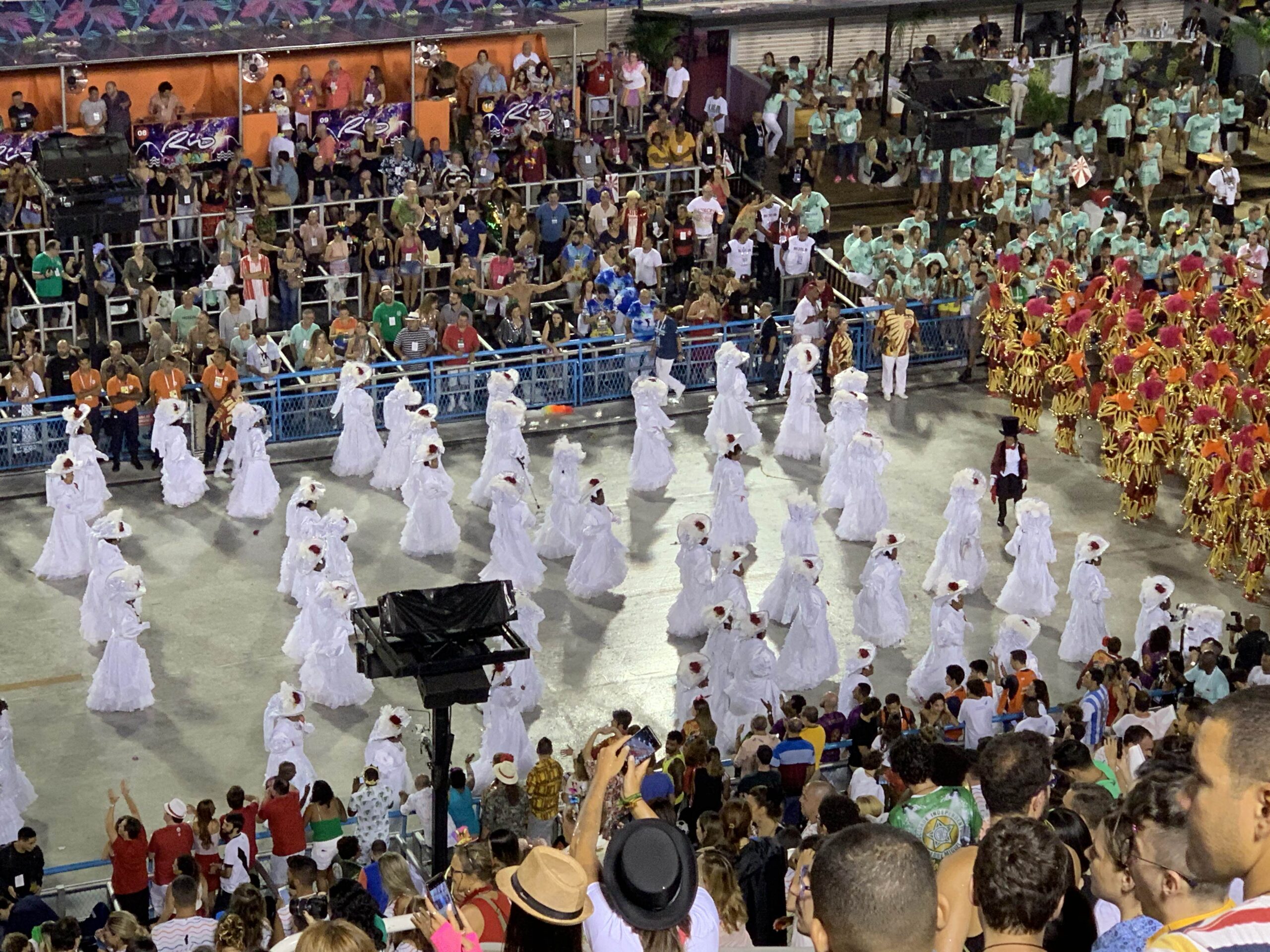
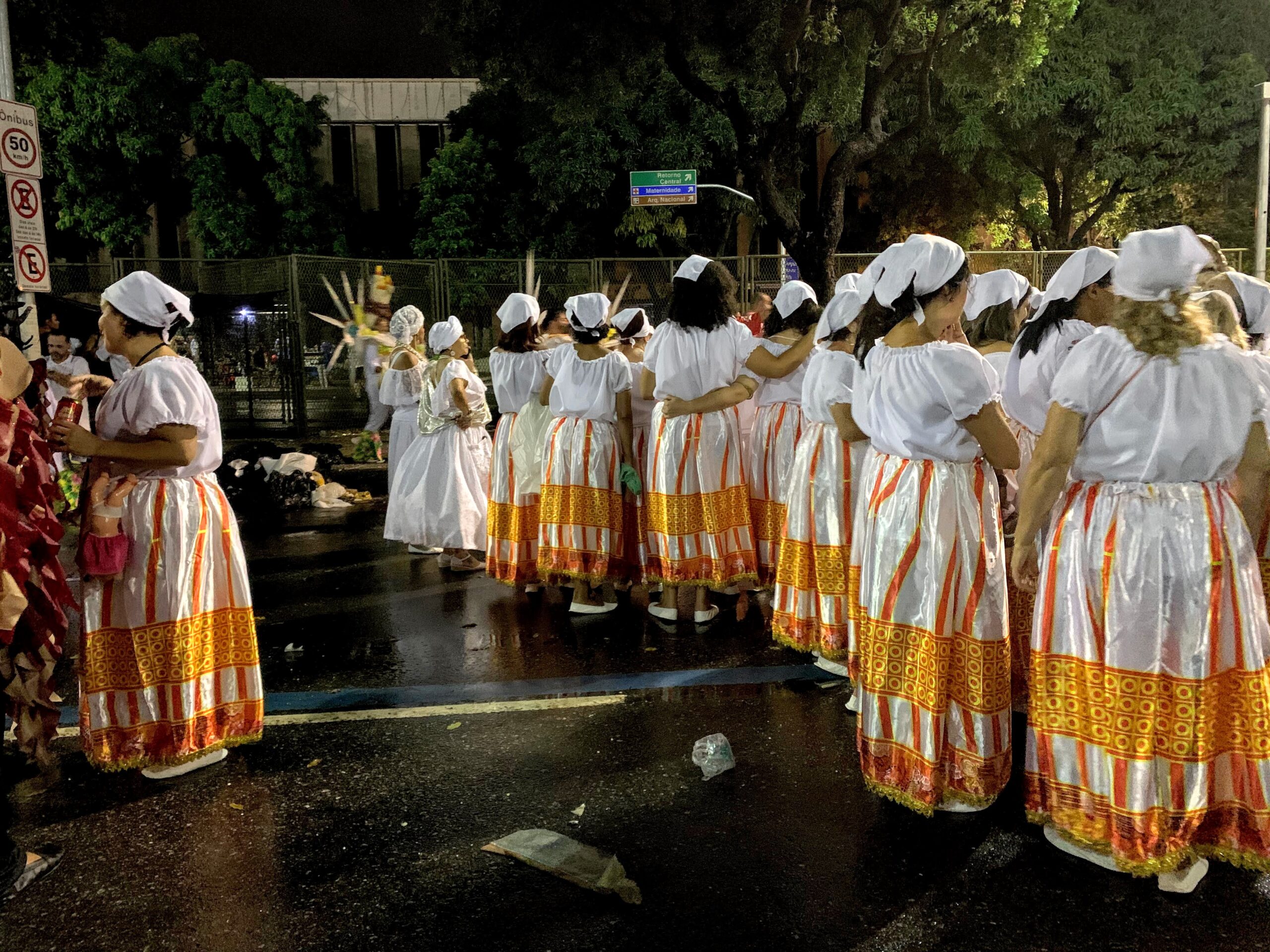
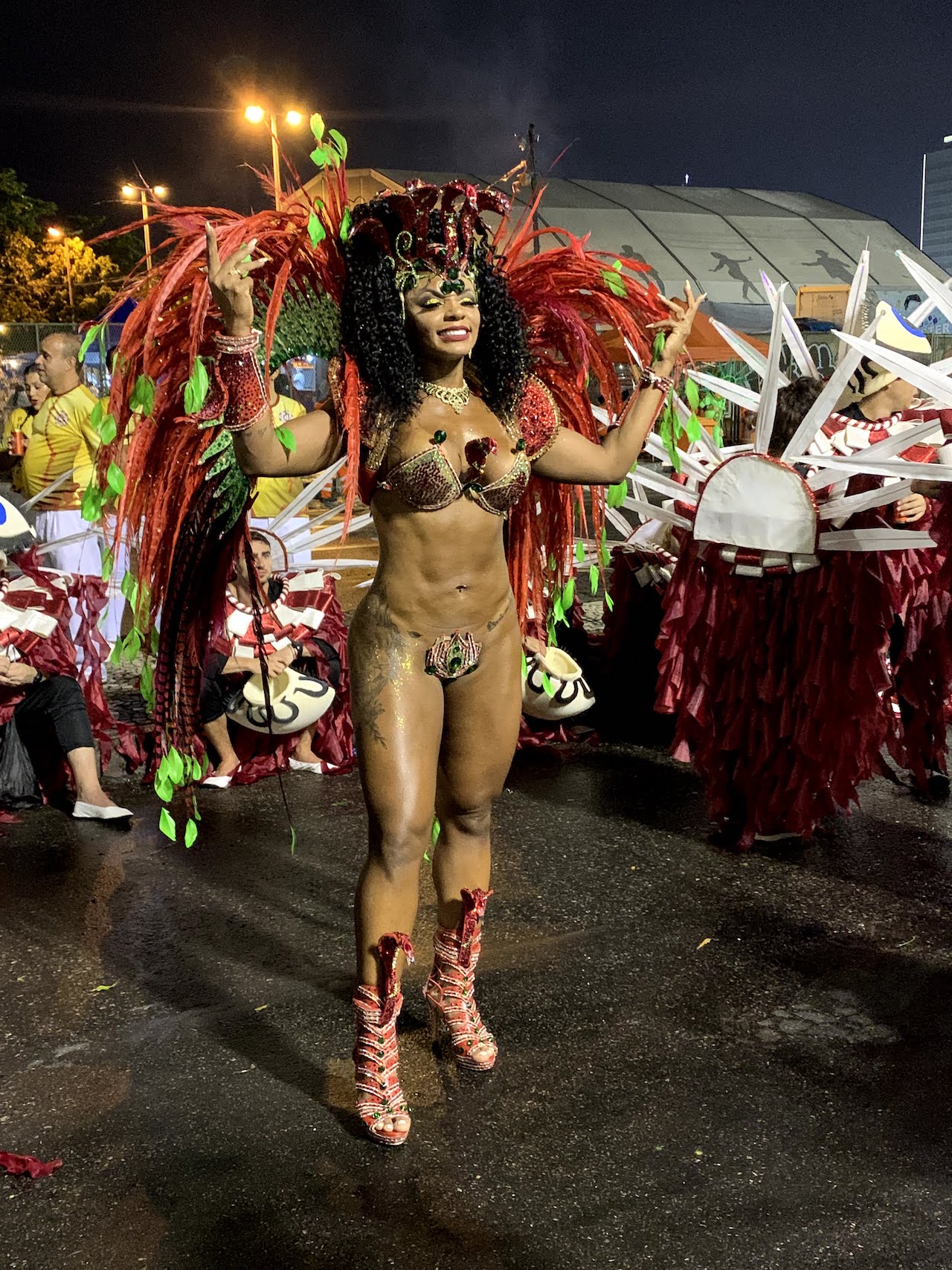
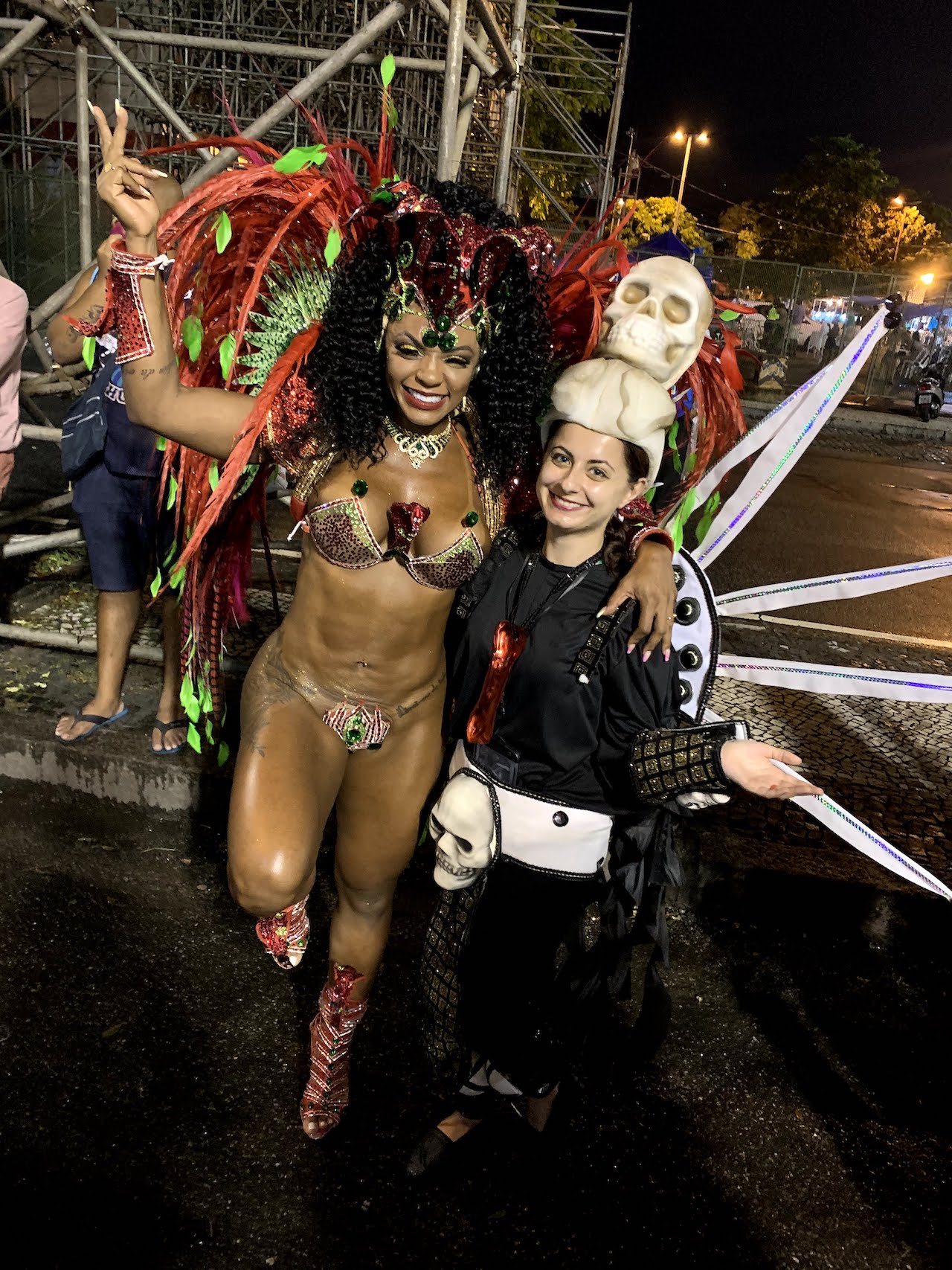











These are truly enormous ideas in on the topic of blogging.
You have touched some nice facors here. Any way keep up wrinting.
bookmarked!!, I really like your site!